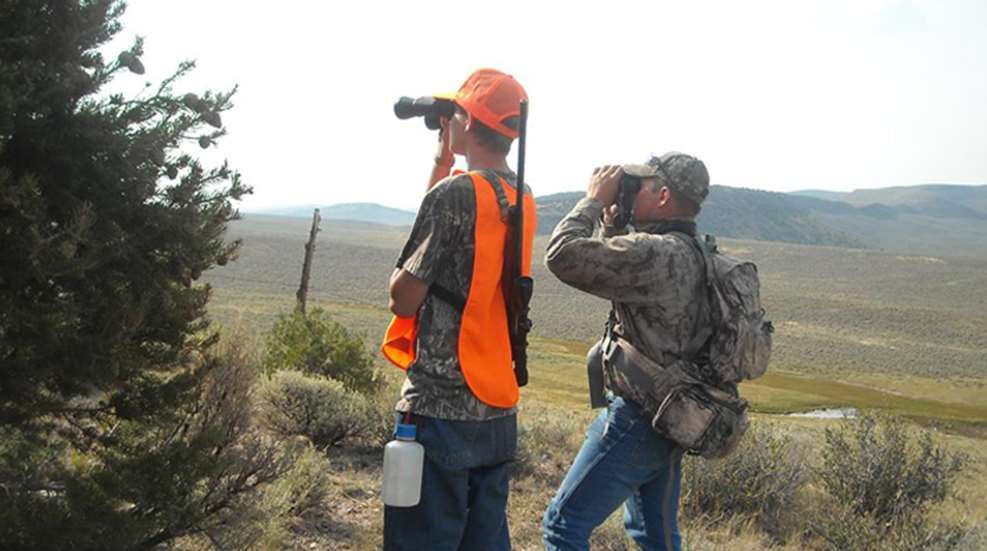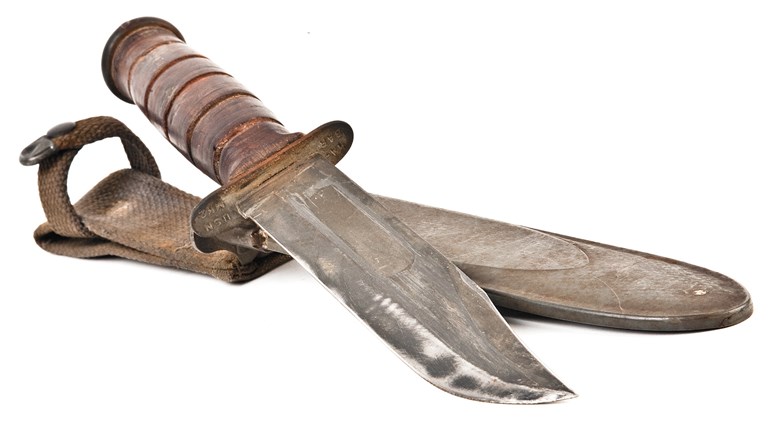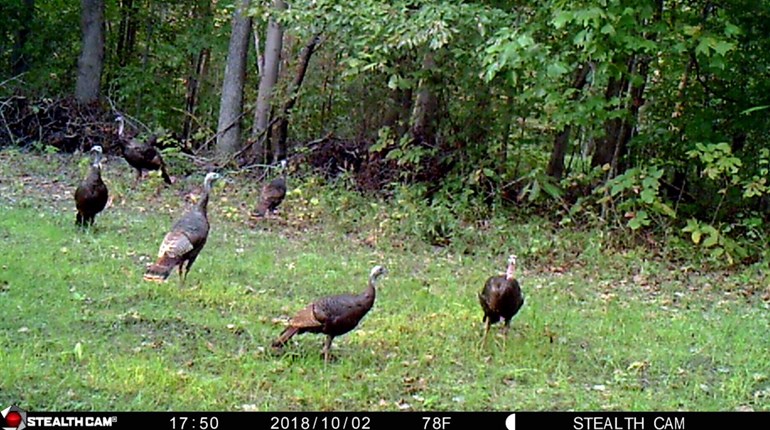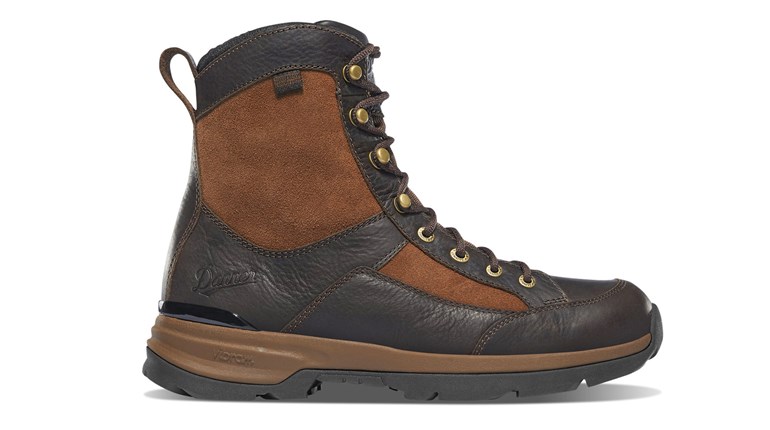
Hunting season officially starts in September in most states...even earlier in others. Most states open with archery season and, as things progress and the rut draws nearer, they have a shorter season for folks who hunt with firearms. As a kid, firearm deer season in Nebraska was always the holy grail of hunting. We would get our rifles out and head to the range, usually on a cool October afternoon, staple a paper plate up on the 100-yard backstop and head back to the bench. Most of the guys I hunted with would take a shot or two, and if they hit the plate say, "meh, good enough," then case their rifle back up and let the next guy shoot. Strictly speaking, you may only require a permit, rifle, ammo and knife to go hunting, but there is more to it. A lot more.
1. First off: boots.
If you've never had a bad pair of boots, it can make it hard to appreciate a good pair. If you've only had good boots, you're lucky or smart. Before you rush out and just buy a pair of "hunting boots" think about where you'll be hunting and spend some time researching the correct boot for your environment. We grew up hunting in Sorel pack boots, which are great, as they're waterproof and warm. If you go with a leather boot, Danner is worth a look, just make sure to protect them with the manufacturer's recommended product for waterproofing.
2. Clothes
Both underwear and outer wear require thought beyond "what's the coolest camo pattern": Consider breathability, insulation properties (especially when wet), how well it layers, windproofing, etc. Will you be hunting in a tree stand-stationary and exposed-or still hunting, where you can find a warmer spot to sit? Think about where you're hunting and which performance features will mean the most to you, then purchase accordingly. Check out companies like Icebreaker for out-of-this-world wool clothing. Synthetics have come a long way in the past 10 years, and one of the very best is Sitka.
3. Blades
There are a lot of good knives on the market, from the timeless Buck 119 to hunting knives that are bound to be classics like the KA-BAR Gamestalker. The one thing a knife needs to do is get sharp and hold an edge. Taking a dull knife into the field is dangerous. A sharp knife makes work quicker, easier and safer. Trying to cut tough materials, tendons, cartilage and hide with a dull and slippery knife is a good way to earn a trip to the emergency room. Keep your knife sharp. Sharpening a knife is a lost art, so take the time and learn how to sharpen your blade, get a good one and build a "relationship" with that piece of equipment. It will likely be one you can pass to a son or daughter along with your love of hunting.
4. Gather Intel
Trail cams have become a very important tool for the hunter, regardless of the species you hunt. They provide a lot of information about the type of critters passing through and their schedules. Trailcams can be found at most sporting-goods stores, and online. Spend some time researching features and talk to friends to get recommendations on the best camera for your hunting application. Moultrie Game Cameras are a good pick.
5. Prepare Your Hunting Grounds
Prior to season, you'll also want to head out for an afternoon and make sure your stands are in good repair, and that nothing has broken over the off-season. , If you pull your stands after the season, this is the time to get them reinstalled. Cutting shooting lanes while branches still have foliage is not a bad idea either, as the foliage makes it easier to see all the little branches that might be missed if you cut a lane after the leaves have dropped.
6. Pack it Up
Make sure you've selected the correct pack for your hunt. There are many types of packs, frame packs, soft shell packs, hybrid packs...it's almost limitless. The basic rule is also Eberlestock Packs' motto: "go in light, come out heavy." This is the right idea. Take in only the essentials, and make sure and include spare batteries for any device that you will be using. Carrying a separate GPS is still a good idea, as cell phone battery life is normally very short when compared to a handheld GPS unit. Plus, there is a very good chance your cell phone GPS won't work in a remote area. If you are hunting a large expanse of land on foot or horseback, it's also wise to carry an old-fashioned paper map of the area, as paper maps are lightweight, and the batteries never go dead. At least one good flashlight is a must. In this author's opinion, 5.11 Tactical probably makes the best light for the money. LED flashlights have much longer battery life and generate more light with less energy. Basic firs- aid equipment is also a requirement. You'll also want to make sure that you've got a back up knife, extra gloves and stocking cap so you can rotate them as they become sweaty or wet.
7. Nom Nom Nom
Nothing will make you long to leave your tree stand like an empty stomach (not to mention how noisy it can get.) Some healthy, high-energy snacks are also a must. Nuts provide excellent energy and salt that you need to help replace minerals. Beef jerky is also an excellent, high protein, higher sodium snack that is very lightweight. Lucky Brand Jerky, available at Brownell's, makes their jerky with hunters in mind.
Image by Jim Bulger/Colorado Parks and Wildlife







































